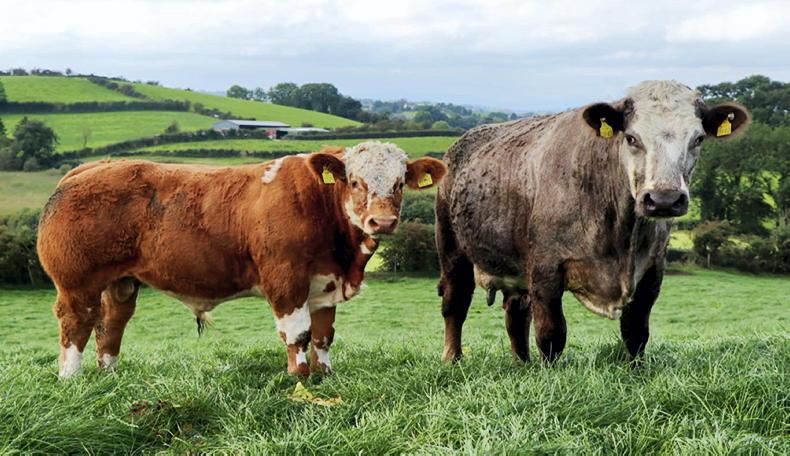These farms are representative of their areas, in terms of suckler herd size, land type, and have similar challenges.
The aim of Future Beef is to demonstrate to beef farmers how they can produce a quality product as efficiently as possible and make beef farming more profitable, while also making it more environmentally and socially sustainable.
The key objectives are to:
We will achieve this by focusing on reducing inputs and the costs of production while increasing the performance of every animal on the farm.
A farm walk will take place on Wesley Browne’s farm on Wednesday 13 September, at 5.30pm.
At this farm walk, see how Wesley is making a margin of €1,399 per hectare. There will be a selection of his herd with calves at foot to see, and in particular the family tree of cow 490!
About Wesley Browne’s farm walk
Wesley Browne is farming just outside Monaghan town. He calves 90 suckler cows in spring, with all males finished as under 16-month-old bulls and yearling heifers sold as breeding stock.

Wesley’s farm is fragmented and heavy in nature, and he has adopted a system that best suits him and the farm. The system has delivered on profit.
In 2022, the gross margin of the farm was €1,399 per hectare. So, in terms of economic sustainability, the farm is in a good position.
Wesley wants to increase the clover content in his grassland. This will help reduce his fertiliser usage. In preparation for clover, lime has been applied at 2 tonnes per acre and docks and weeds have been sprayed off with the aim of sowing clover in April 2024.
The other big area for reducing GHG on farm is reducing the age of slaughter.
Currently, the bulls are finished at 15.3 months. Wesley feels that he can reduce this age by pushing the males more at the weanling stage. This year, he started forward-creep grazing and will introduce meal earlier in the autumn.
The target is to reduce the average age of slaughter to 15 months.
Register here.
